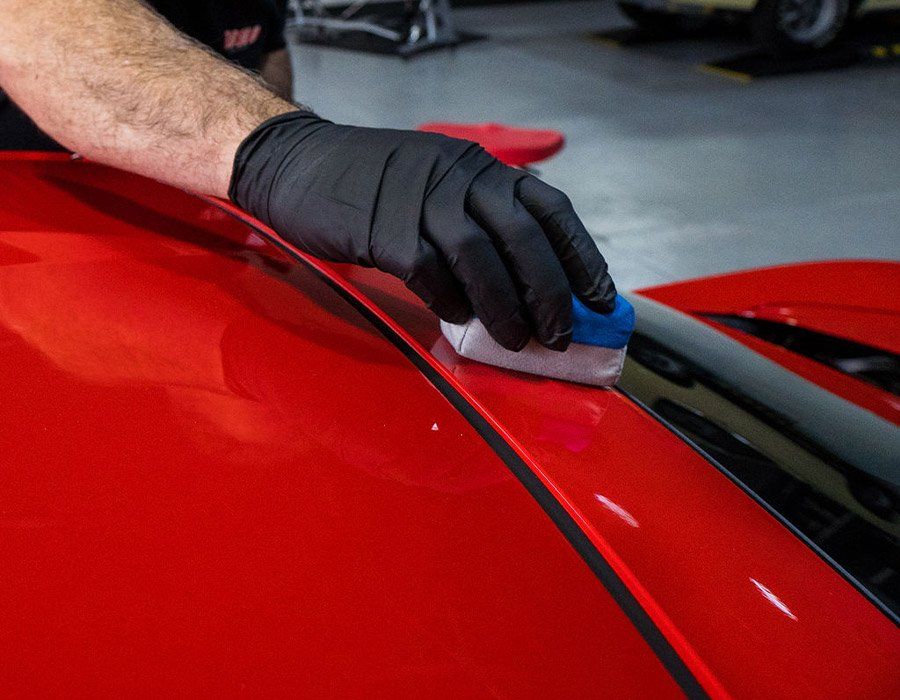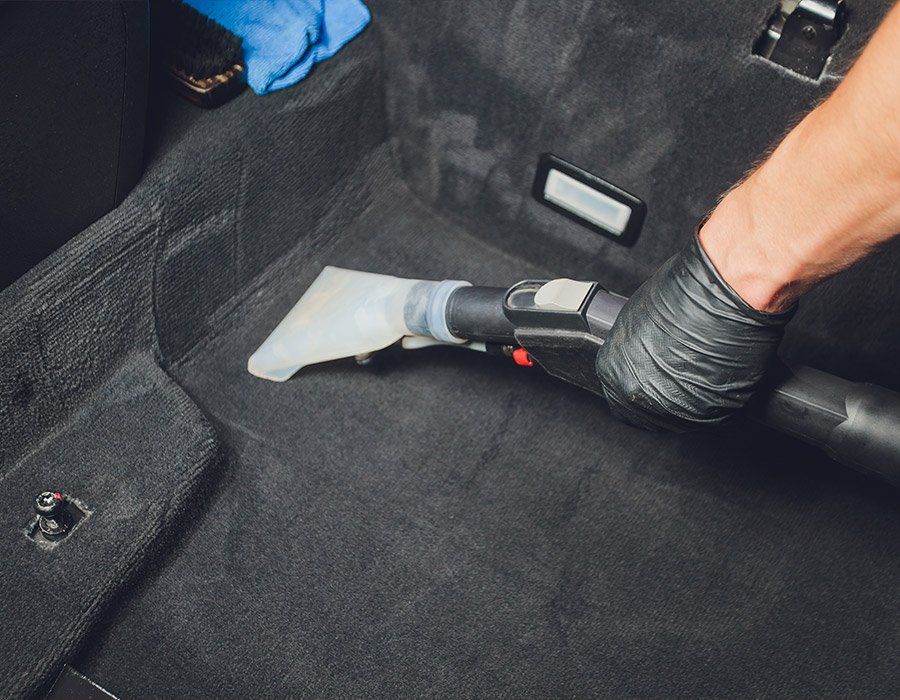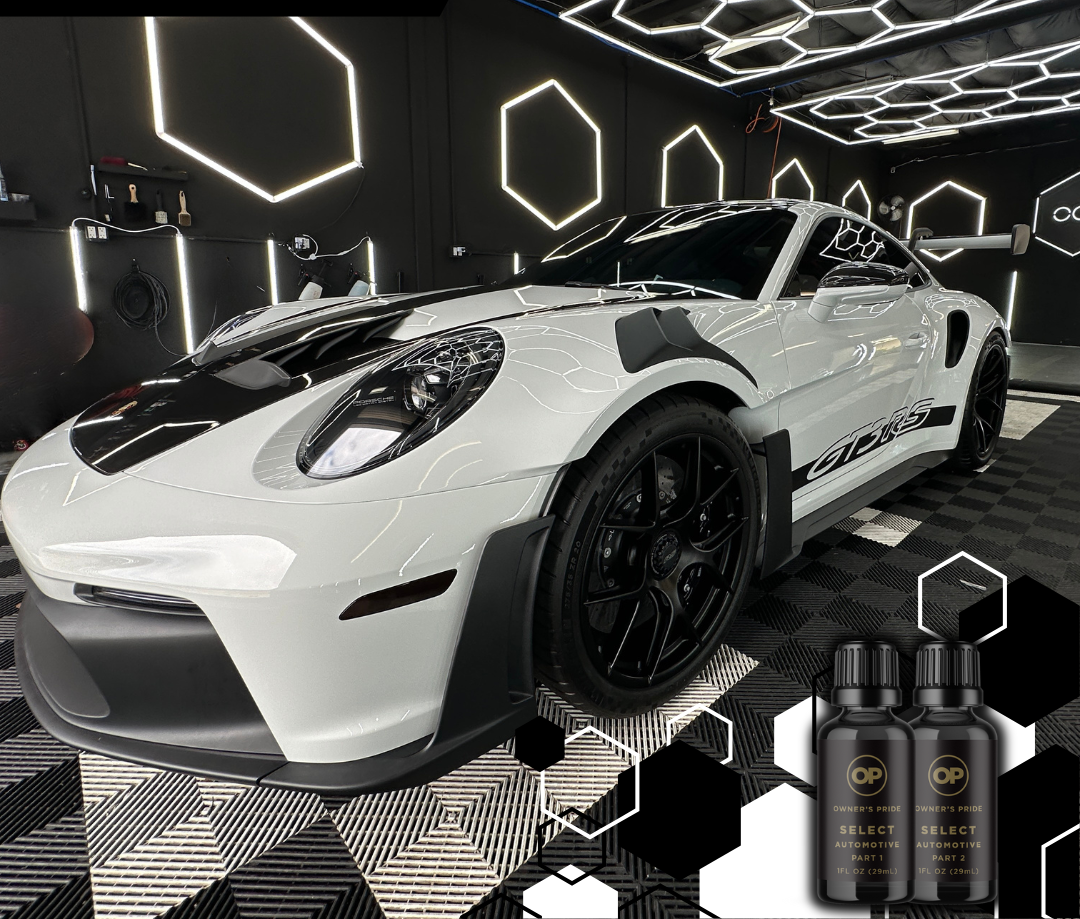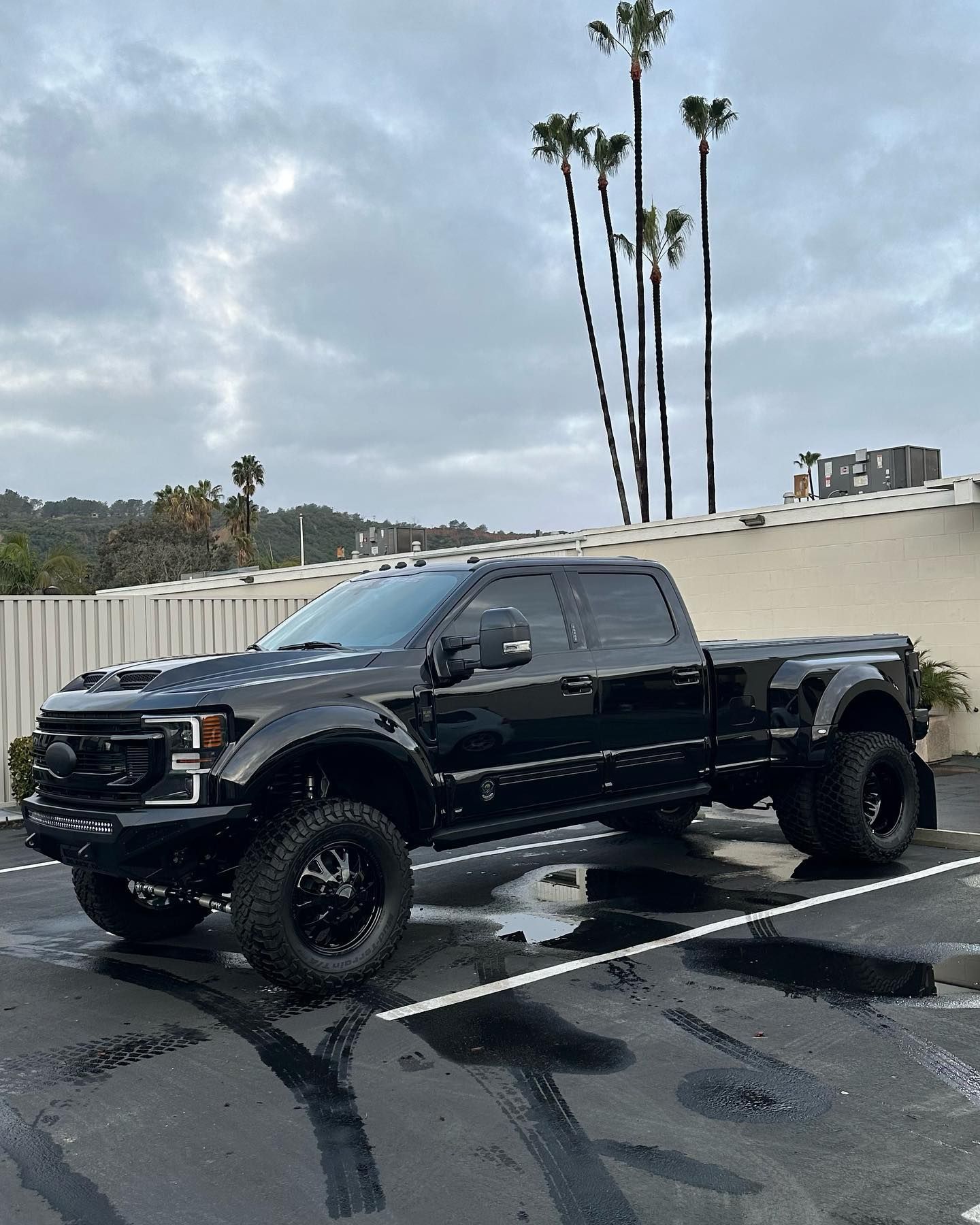Official California Detailing Blog
PPF vs Ceramic Coating: Which Protection Should You Choose?
(619) 760-4962 GET A QUOTE NOWWhen it comes to protecting your car's paint, the toughest decision often boils down to choosing between Paint Protection Film (PPF) and ceramic coating. Both options promise to keep your vehicle looking great, but they go about it in different ways. Do you opt for a tough shield that can absorb impacts or a sleek layer that makes cleaning easier and boosts shine? The best choice really depends on how you'll use your car and what matters most to you—be it heavy-duty protection or effortless beauty. In this article, we'll dive into the strengths and weaknesses of both PPF and ceramic coating so you can make an informed decision that suits your needs.
Paint Protection Film (PPF) offers robust physical protection against rock chips, marks, and environmental damage, including self-healing properties for minor abrasions, whereas Ceramic Coating is a liquid protective layer that enhances shine and offers mild abrasion resistance but lacks the same level of impact protection. Both options have their advantages and disadvantages
Comparing PPF and Ceramic Coating
Paint Protection Film (PPF) is akin to a protective shield made from a clear, flexible material that clings to your car's surface. It acts much like armor, standing guard against daily wear and tear that vehicles face. For instance, whenever you drive, your car encounters debris that can nick or mark the paint. However, thanks to the self-healing properties of PPF, minor marks can fade away when exposed to heat—this means that an afternoon under the sun could restore your car's pristine look without any extra effort on your part.
On the flip side, a ceramic coating adds a different dimension of protection. This liquid polymer forms a chemical bond with the vehicle's clear coat, enhancing both its shine and toughness. Although ceramic coatings don't shield against severe damage like chips from road debris, they excel at fending off environmental contaminants such as UV rays and bird droppings.
While both PPF and ceramic coating serve protective purposes, they possess unique characteristics that might appeal differently based on individual preferences.
For those who seek robust defense against physical threats—the kind of protection that can take the hits of daily driving—PPF might be the best fit. In contrast, if you're someone who places a high priority on aesthetic appeal and ease of maintenance, ceramic coating might resonate more with you.
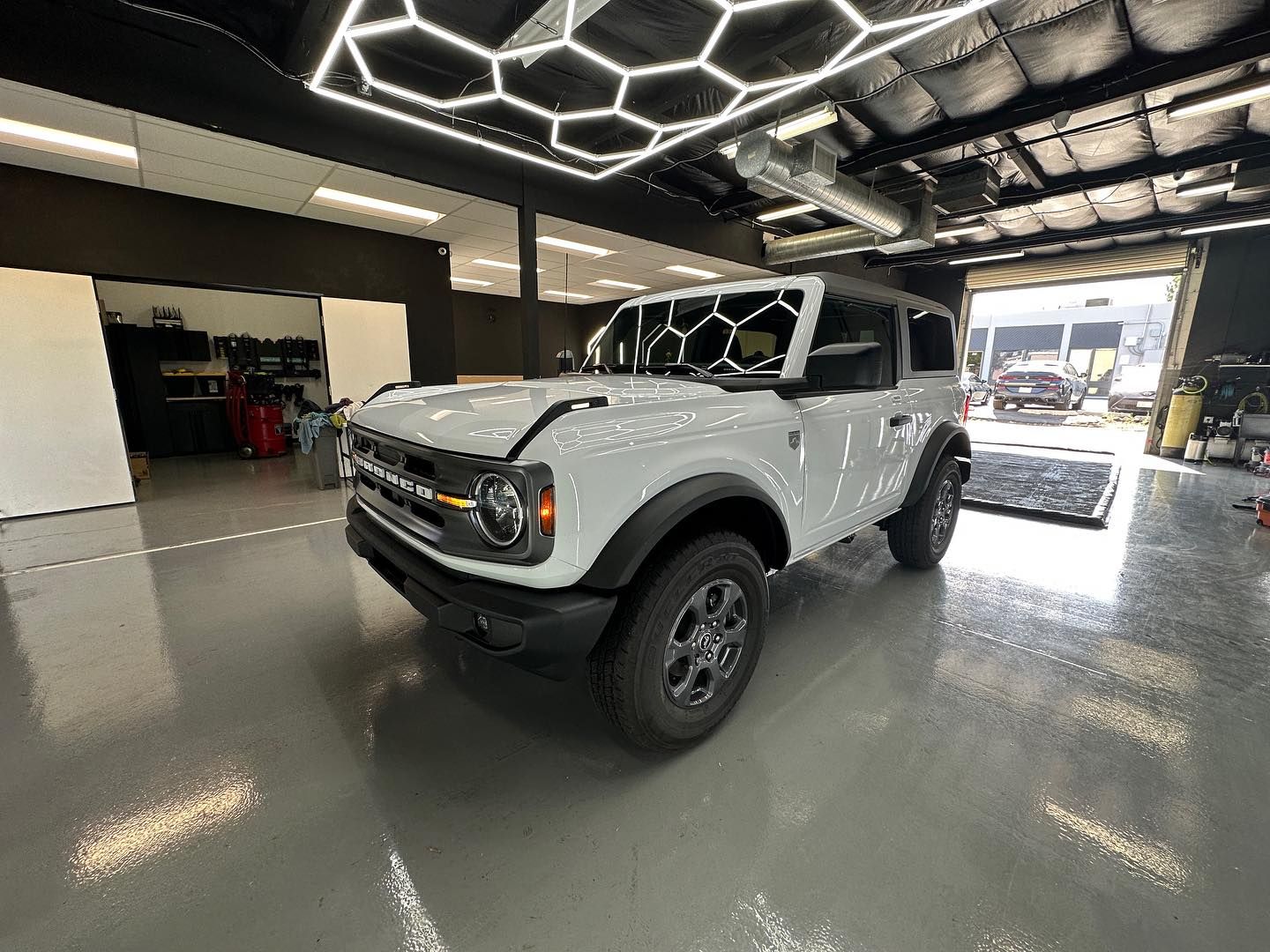
Application Processes
At Official California Detailing, each installation follows a detailed, step-by-step procedure to ensure precision, durability, and flawless results. From thorough surface preparation to professional product application and quality checks, our expert technicians handle your vehicle with the highest level of care and attention.
PPF Installation Process
When it comes to applying Paint Protection Film (PPF), the process combines careful preparation and skilled execution. First, it all starts with a thorough wash to remove dirt and grime from the vehicle’s surface—this is crucial because any residual contaminants can cause imperfections in the film's appearance once applied.
Following the wash, a detailed decontamination step is undertaken using a clay bar to eliminate any embedded particles that may have gone unnoticed. This meticulous approach ensures that the film adheres to the surface in the best possible way.
After the car is sparkling clean, a professional will use a computer-cut template tailored to fit each specific panel of your vehicle perfectly. This method minimizes errors and ensures that every piece of film covers the intended area without excess.
As the film is applied, professionals use a squeegee to push out air bubbles and ensure a tight fit against the surface. It’s almost like applying a sticker but with much more precision and complexity. The self-healing properties of PPF become crucial here as they allow minor scratches to disappear when heated, preserving that fresh-out-of-the-showroom look of your car.
Ceramic Coating Application
On the flip side, ceramic coating application begins similarly with a meticulous wash and decontamination but takes an extra step: buffing. Buffing removes imperfections from the paint that could compromise how well the coating bonds with your car's surface later on.
Once this step is complete, it’s time for the application itself. The liquid polymer coating is applied using an applicator pad, which requires not only skill but also precision, as it must be spread evenly over small sections of the vehicle.
After applying the ceramic coating, it's essential to allow it to cure for several hours; this curing period enables its strong bond with the clear coat of your vehicle’s paint. During this time, you should avoid exposing your car to water or harsh weather conditions to ensure optimal adhesion.
Appearance and Surface Quality
The look of your car is not just about the color or model; it's also significantly influenced by the protective coatings you choose.
When we consider Paint Protection Film (PPF), its appearance can vary based on application quality. Although PPF is designed to be transparent, improper installation may lead to visible seams or bubbles, detracting from your vehicle’s overall look. Additionally, despite many PPF products claiming resistance to yellowing, exposure to harsh UV rays can eventually cause discoloration. A yellow film could make even brand-new paint look tired and aged, raising concerns about whether the protection was worth the initial investment.
On a positive note, if applied correctly, PPF can preserve your car's pristine aesthetic while providing a layer of protection against minor abrasions. For those who drive in environments prone to road debris, rock chips, or bird droppings, this safeguard helps keep the paint looking fresh without being obtrusive.
Meanwhile, when light hits a vehicle treated with Ceramic Coating, it produces a stunning effect that's hard to overlook.
Ceramic coatings shine brilliantly and enhance the factory paint's depth and clarity. They offer a wet look finish that elevates colors and provides a smooth surface texture. Unlike PPF, which can show wear over time and potentially impact visibility, ceramic coating remains largely invisible—there's no film to peel or edges that become loose. It works in harmony with your car’s original finish, ensuring that every curve and line stands out beautifully under sunlight.

Longevity and Maintenance
When it comes to protecting your vehicle, understanding the longevity of your options can greatly influence your decision.
PPF Longevity
With Paint Protection Film (PPF), you’re looking at a lifespan of approximately 5-7 years before any significant deterioration necessitates replacement. This timeframe reflects its capacity to withstand daily wear and tear while effectively shielding your paint job from pesky rock chips and marks.
It’s essential to keep in mind that although PPF has a solid lifespan, external factors such as environmental conditions, installation quality, and maintenance habits can significantly impact its longevity.
For instance, exposing your vehicle to harsh weather without proper care can shorten the film's effectiveness. Regular cleaning, using non-abrasive washes, and avoiding intense chemical cleaners can go a long way toward preserving its integrity.
Ceramic Coating Longevity
On the other end of the spectrum is ceramic coating, with an impressive ability to last up to 5 years when properly maintained. However, just like PPF, achieving this longevity isn’t automatic; it hinges on regular upkeep.
While ceramic coatings provide an elevated level of durability against elements such as UV rays and chemical contaminants, they require consistent maintenance to uphold their hydrophobic properties.
Maintenance Considerations
Here’s what you need to keep in mind regarding maintaining both options:
- Routine Inspections: Schedule regular visits for professional evaluations; this ensures any issues are caught early.
- Proper Cleaning Products: Use pH-neutral soaps along with microfiber cloths to avoid scratching surfaces.
- Hydrophobic Enhancement: For ceramic coating specifically, applying additional hydrophobic sprays can bolster water-repelling properties.
While durability is important, it’s essential to understand the financial commitment involved as well. The initial investment in either option might seem steep; however, considering their longevity can lead to substantial savings down the line.
Making the Best Choice for Your Vehicle
When it comes to protecting your vehicle, understanding your specific driving conditions and lifestyle can make all the difference.
Take a moment to consider how often you drive your car and where you do the most driving. If you're frequently navigating through construction zones or unpaved roads, a Paint Protection Film (PPF) may be a wise investment. This physically protective barrier shields against common threats like rock chips and marks. Its self-healing properties even allow minor abrasions to disappear when exposed to heat—talk about intelligent design!
On the opposite end of the spectrum, if you enjoy that polished look that makes other drivers turn their heads, ceramic coating could be just what you need. Not only does it give your vehicle an invisible layer of protection that enhances its glossy finish, but it also simplifies cleaning efforts by making water bead off the surface—saving you precious time during those weekend wash sessions.
Choose the Right Protection with Official California Detailing
Both PPF and ceramic coatings offer strong defense against wear, but the right option depends on your lifestyle and driving habits. Whether you want the scratch resistance of PPF or the sleek, low-maintenance finish of ceramic coating, the experts at
Official California Detailing can help you make an informed decision based on your goals. We’re here to guide you to the best protection for your car and budget.
Call us at (619) 760-4962 today to book a consultation and get expert advice on protecting your vehicle.
